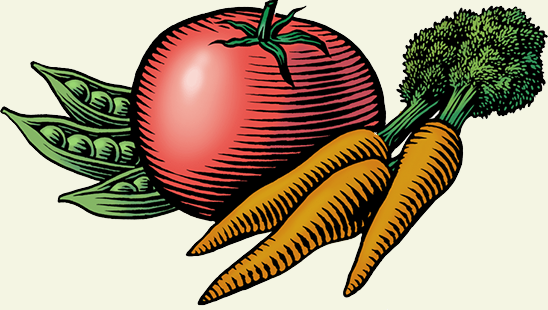Posted March 17, 2022 at 10:36am by Anonymous (not verified)
Legal Support for Farmers Markets

The rapid growth of farmers markets across the country has been good for local food. Communities have better access to fresh produce and other local goods, farmers have another outlet to reach customers and market their products, and people of varying income brackets can better access fresh, local food. However, many farmers markets lack the expertise or resources to make sure their business is on firm legal footing. For example, in 2012 the Farmers Market Coalition found that 21% of farmers markets across the country were not formally incorporated or leaders did not know how their market was organized. In Vermont, a similar situation at farmers markets brought further attention to this issue. Furthermore, legal questions related to accepting federal Supplemental Nutrition Assistance Program (SNAP) benefits at markets, as well as general risk management topics, have been commonly highlighted as a need for resource development by state network leaders and market associations.
Over four years, the Center for Agriculture and Food Systems (CAFS) at Vermont Law School partnered with the Northeast Organic Farming Association of Vermont (NOFA-VT) and the Farmers Market Coalition (FMC) to create a free, web-based Farmers Market Legal Toolkit. Graduate and law students at CAFS participated in the project team, attending farmers market conferences, roundtables, and market day events to develop familiarity with the concerns of market leaders and direct-marketing farmers. With supervision, and in collaboration with the team, students conducted legal research to develop accurate content, and then helped design the presentation of that information in order to make it digestible and welcoming. This partnership among CAFS, NOFA-VT, and FMC created a project team with national reach, local familiarity, expertise in law, policy, and advocacy, knowledge of farmers markets, and varying levels of experience. One student said, “Working on the Toolkit stretched my legal writing skills… I hope that [it] equips markets with the knowledge to confidently continue being valuable community spaces while improving management tactics where needed.”
The Toolkit is divided into three sections to address the key issue areas, described above, that project partners identified based on common questions and concerns raised by market leaders, market associations, and direct-marketing farmers around the country. “Pick A Business Structure” explains how governance, or business organization, affects a market across its operations, including how decisions are made, tax implications, liability protection for owners, and more. “Implement SNAP/EBT” can help markets feel confident expanding access for limited-income customers with general information about eligibility to accept benefits and responsibilities in complying with SNAP regulations. “Manage Risks” discusses best practices for markets both to mitigate common risks and to protect themselves in the case of an accident or other adverse event, using tools such as insurance and recordkeeping. Users can explore the site by topic, download checklists and other resources, and read about the experiences of markets that have faced these types of challenges.
To introduce the Toolkit in February 2018, the project team offered a webinar demonstrating how to find answers to common questions that arise for farmers market leaders. Upcoming webinars as well as recordings of past ones are available on the Toolkit website. Project team members attend farmers market conferences around the country to share the Toolkit. The resource continues to grow and more printed materials are currently in development, including checklists on best practices related to market-day safety, vendor communications, and an annual legal check-up.
Providing tools for farmers markets to become more sound, resilient organizations advances Farm to Plate Strategic Plan Goal 1: Consumption of Vermont-produced food by Vermonters and regional consumers will measurably increase, and Goal 7: Local food production—and sales of local food—for all types of markets will increase. Providing markets the knowledge and structure to accept nutrition assistance benefits advances Goal 15: All Vermonters will have access to fresh, nutritionally balanced food that they can afford.
Cover photo courtesy of Montpelier Farmers Market; Users can read about the experiences of markets that have faced legal challenges.
·
